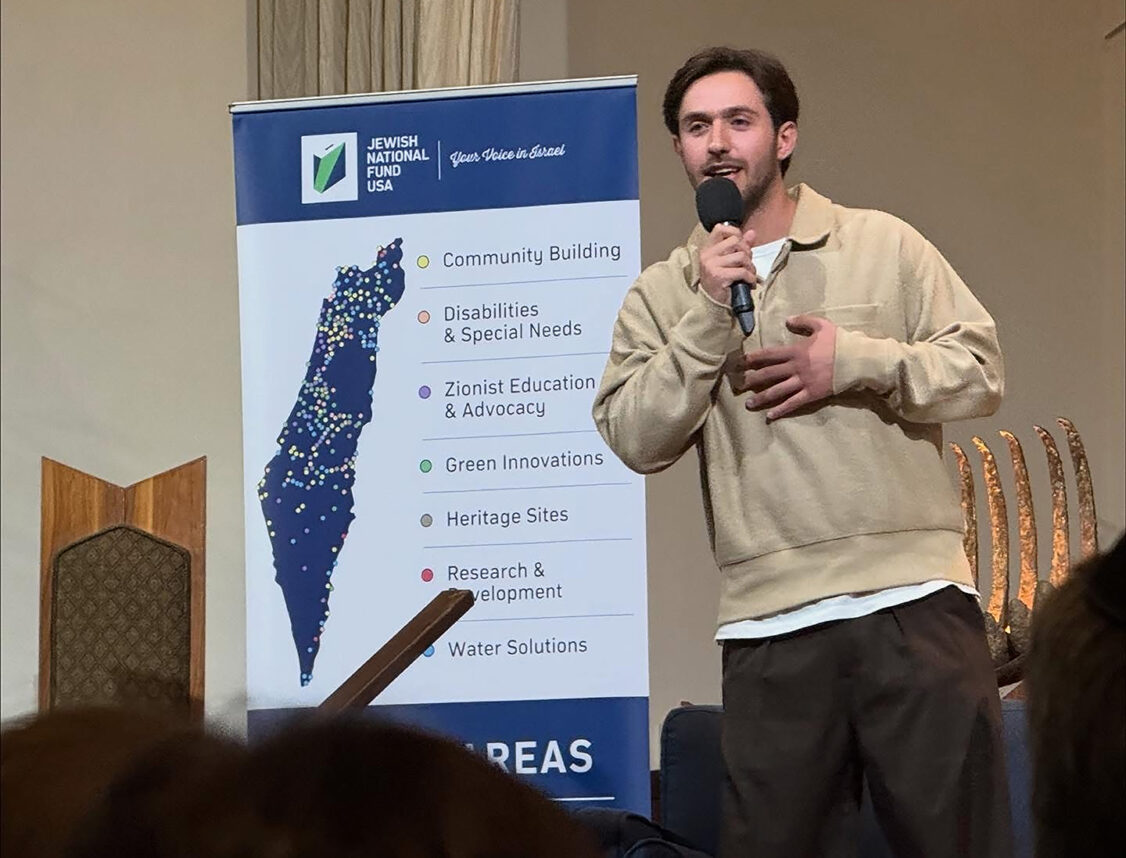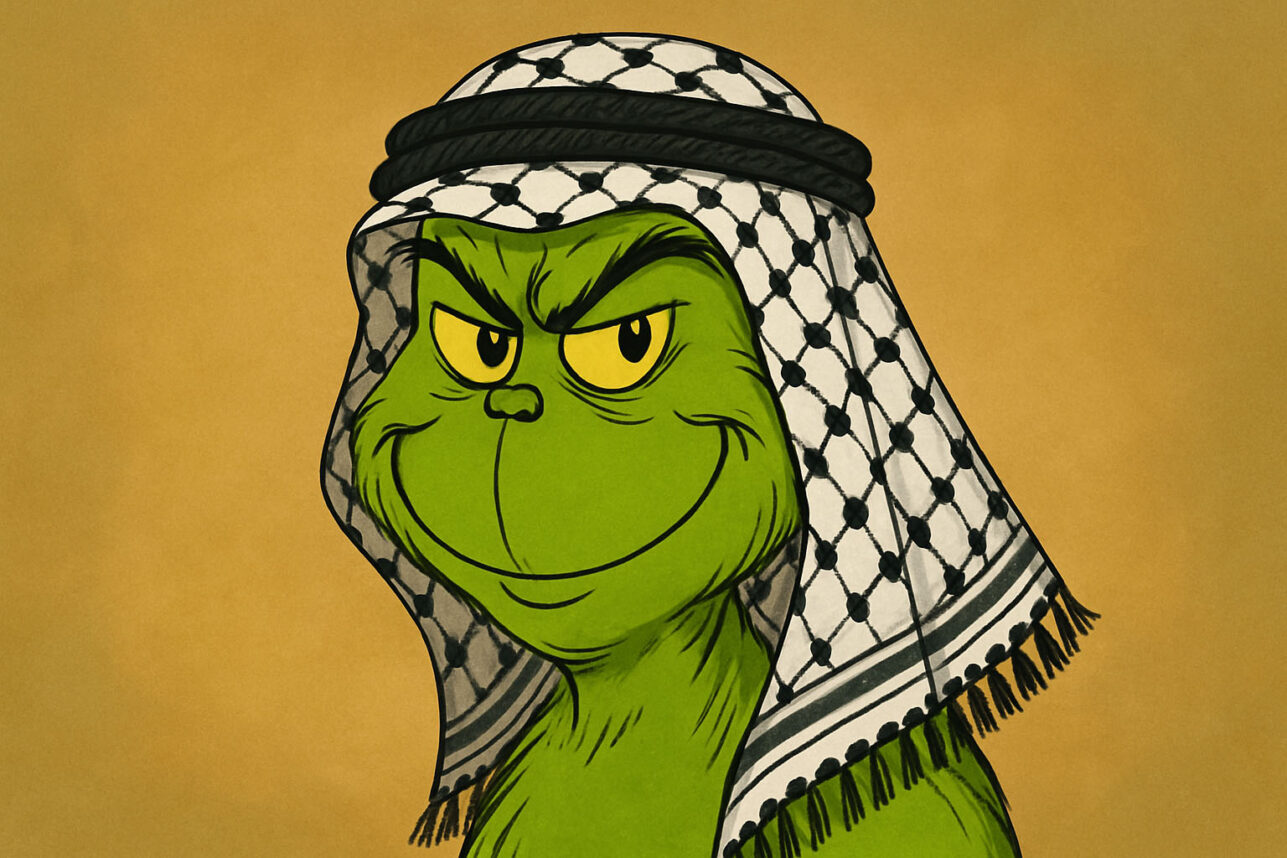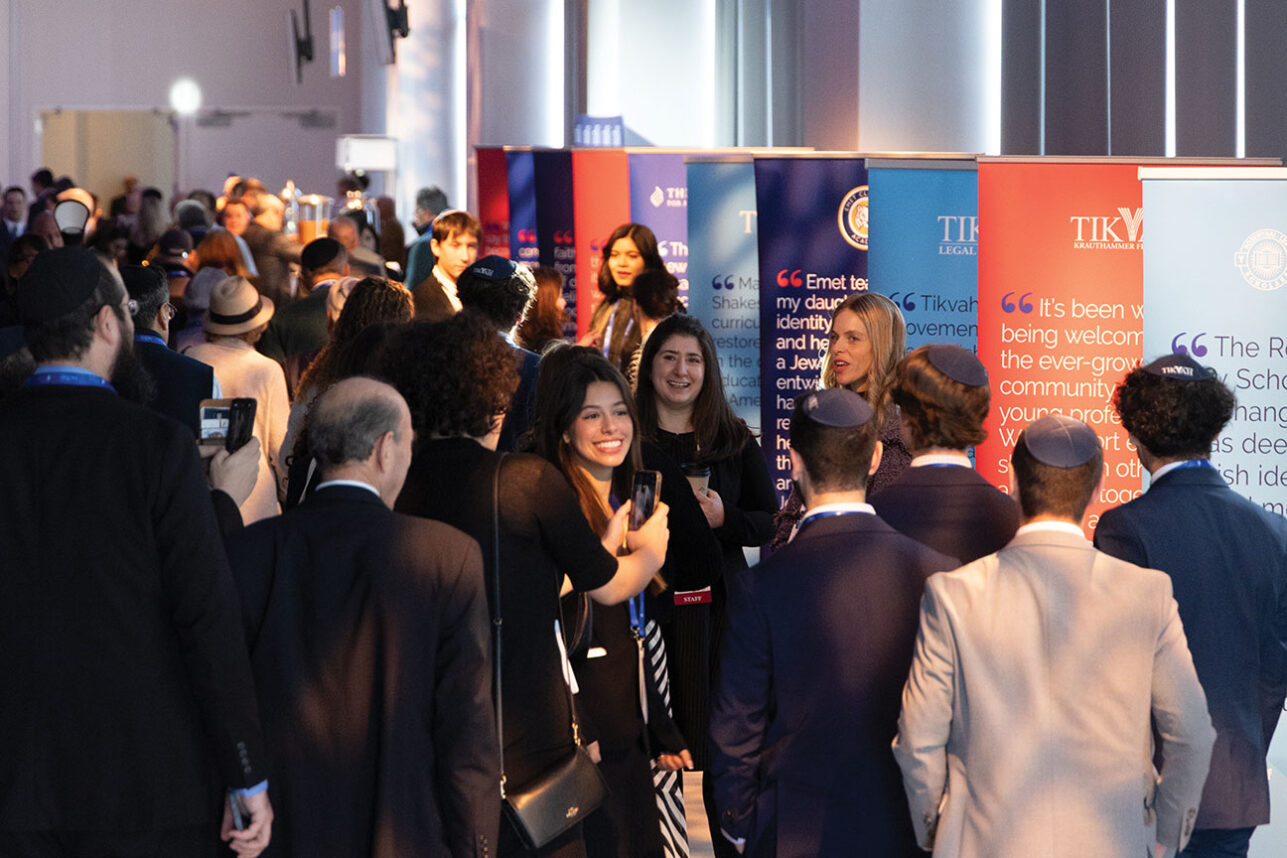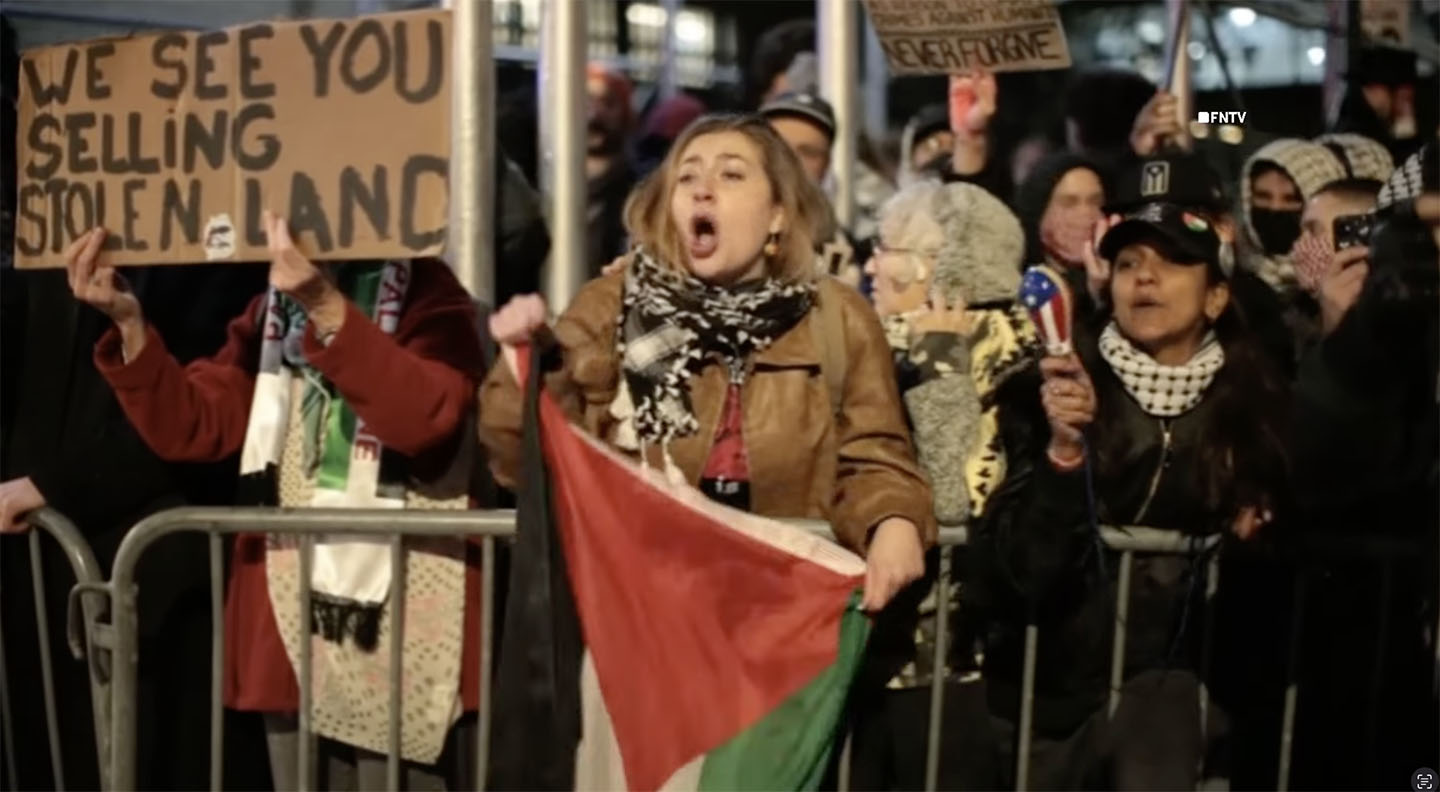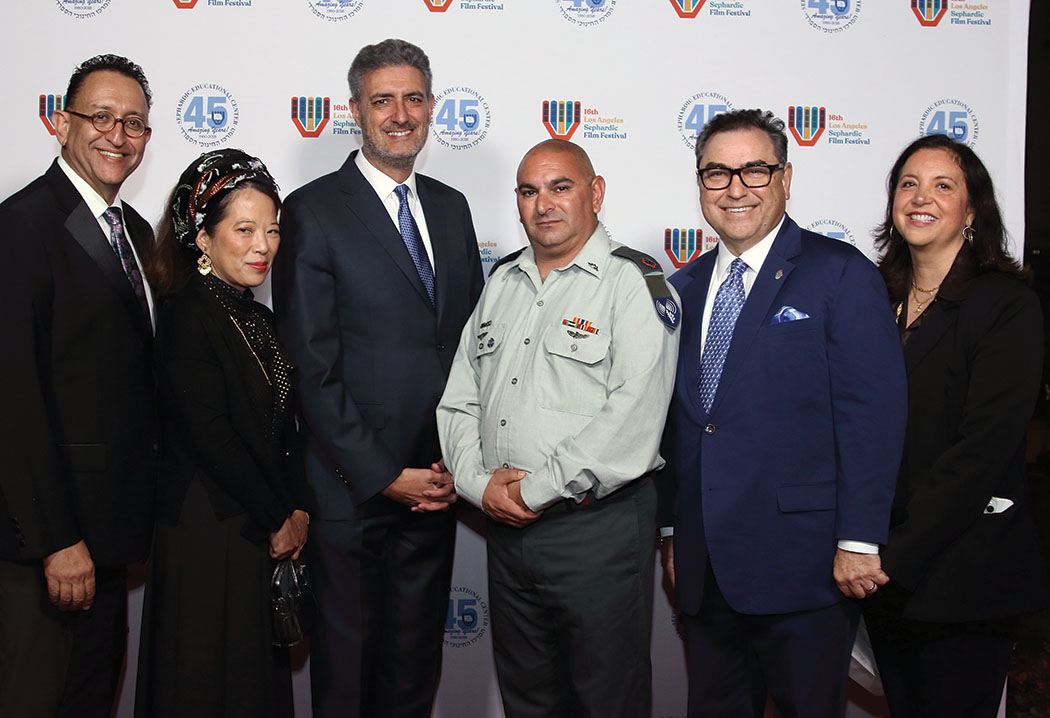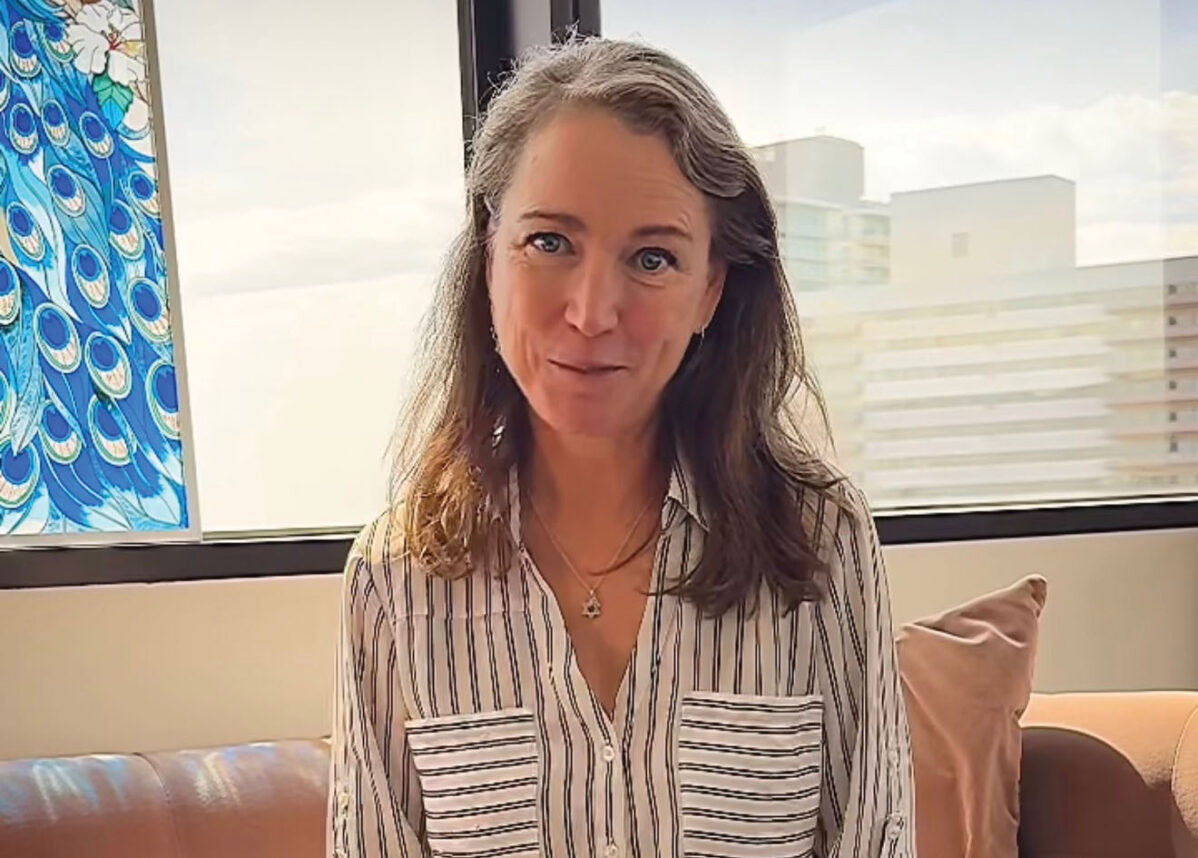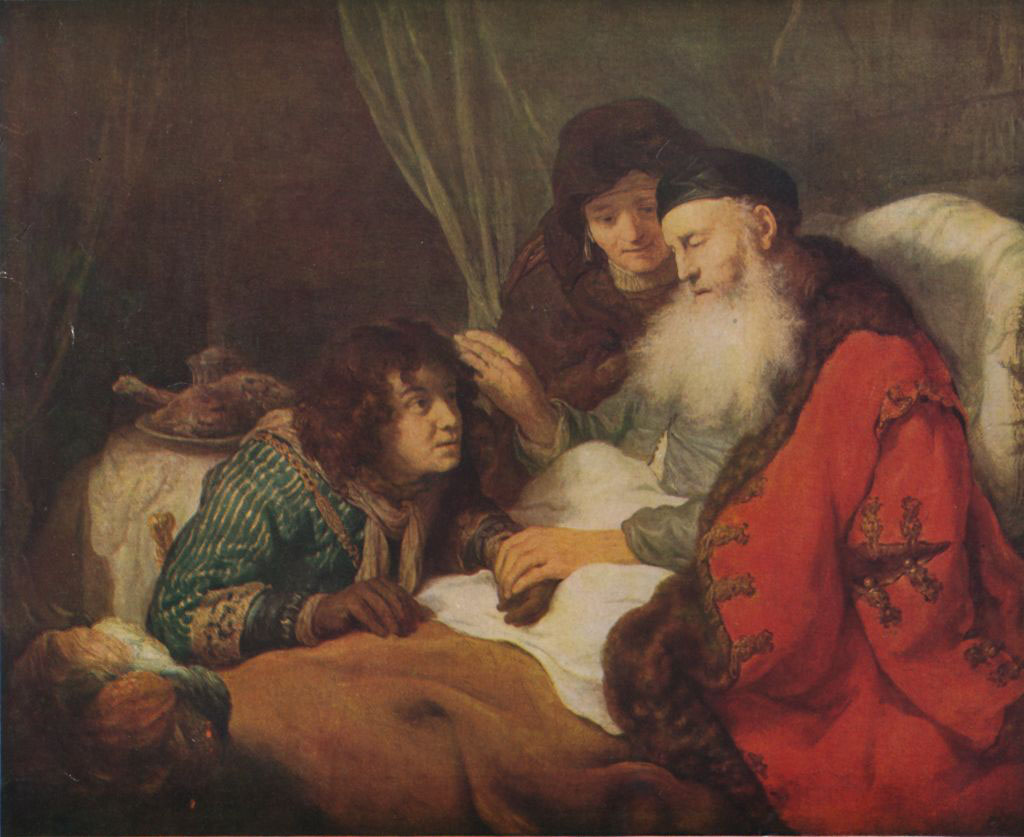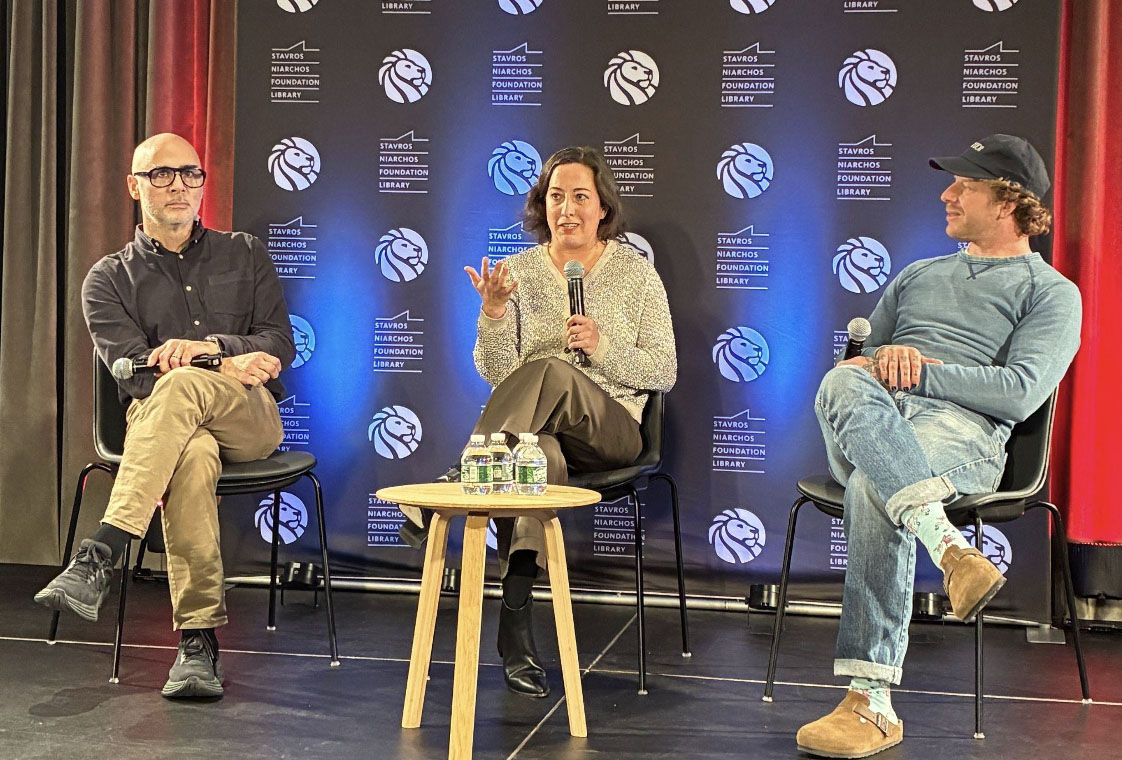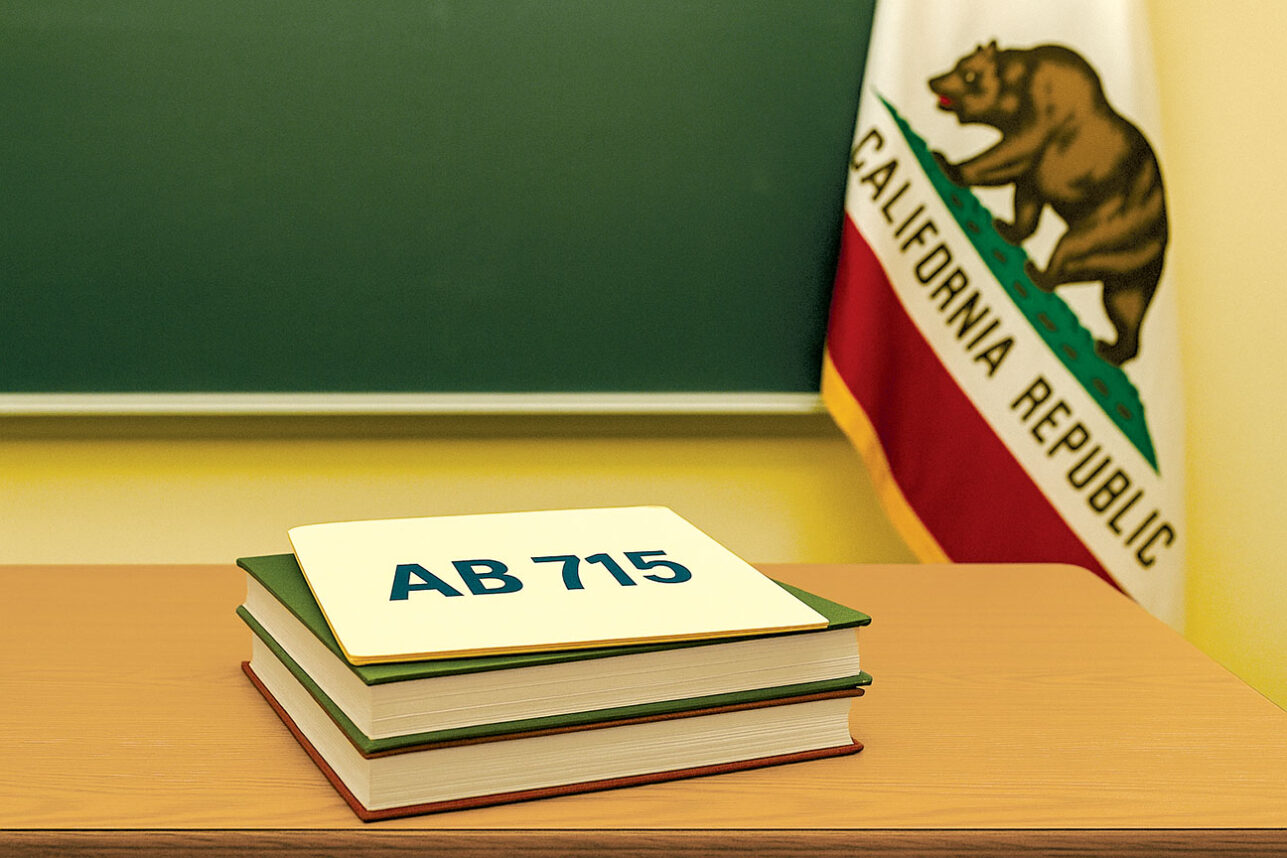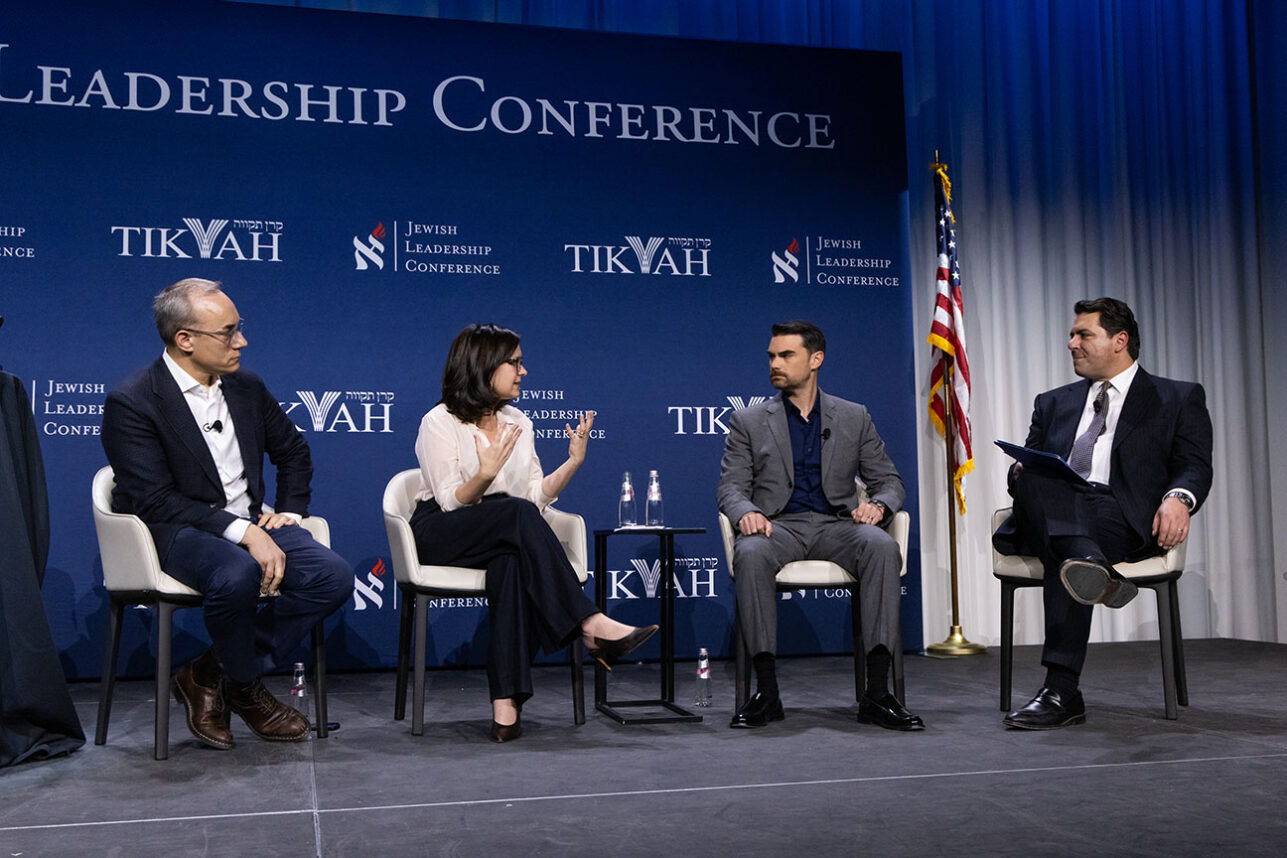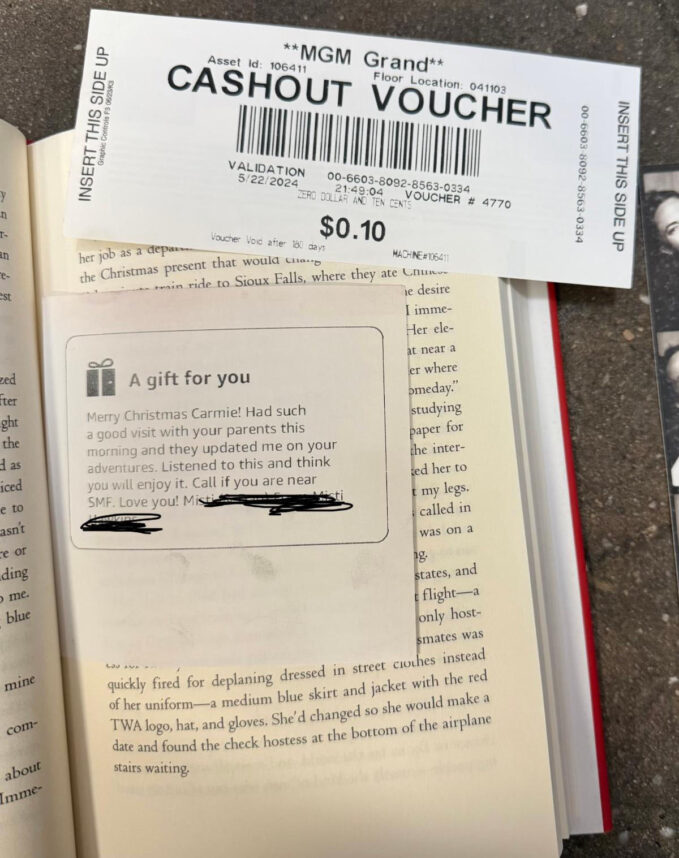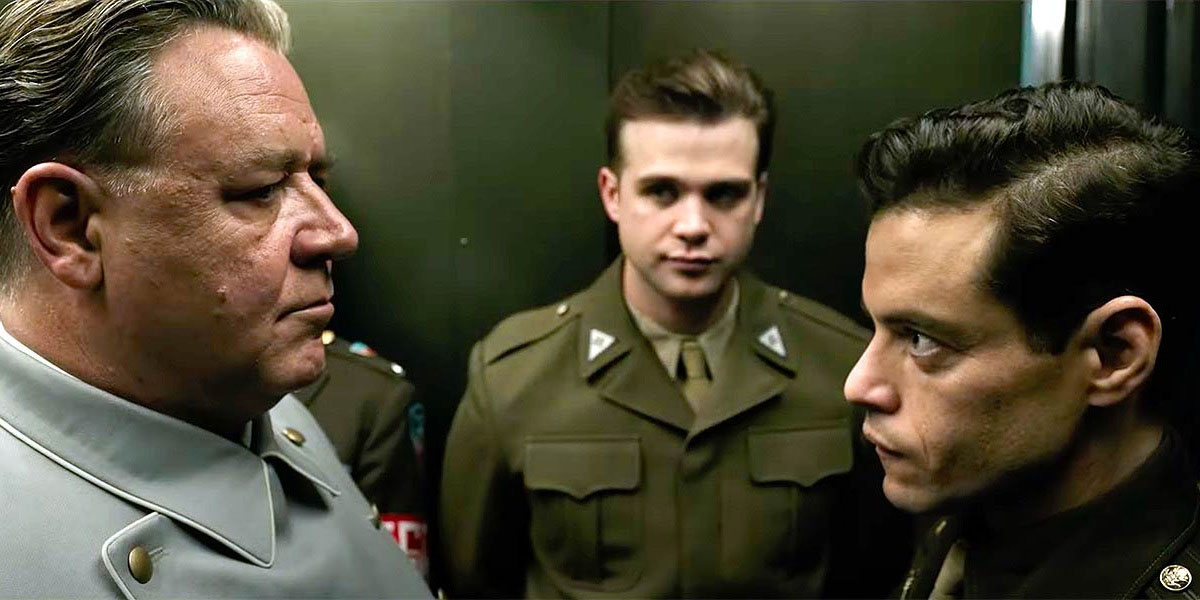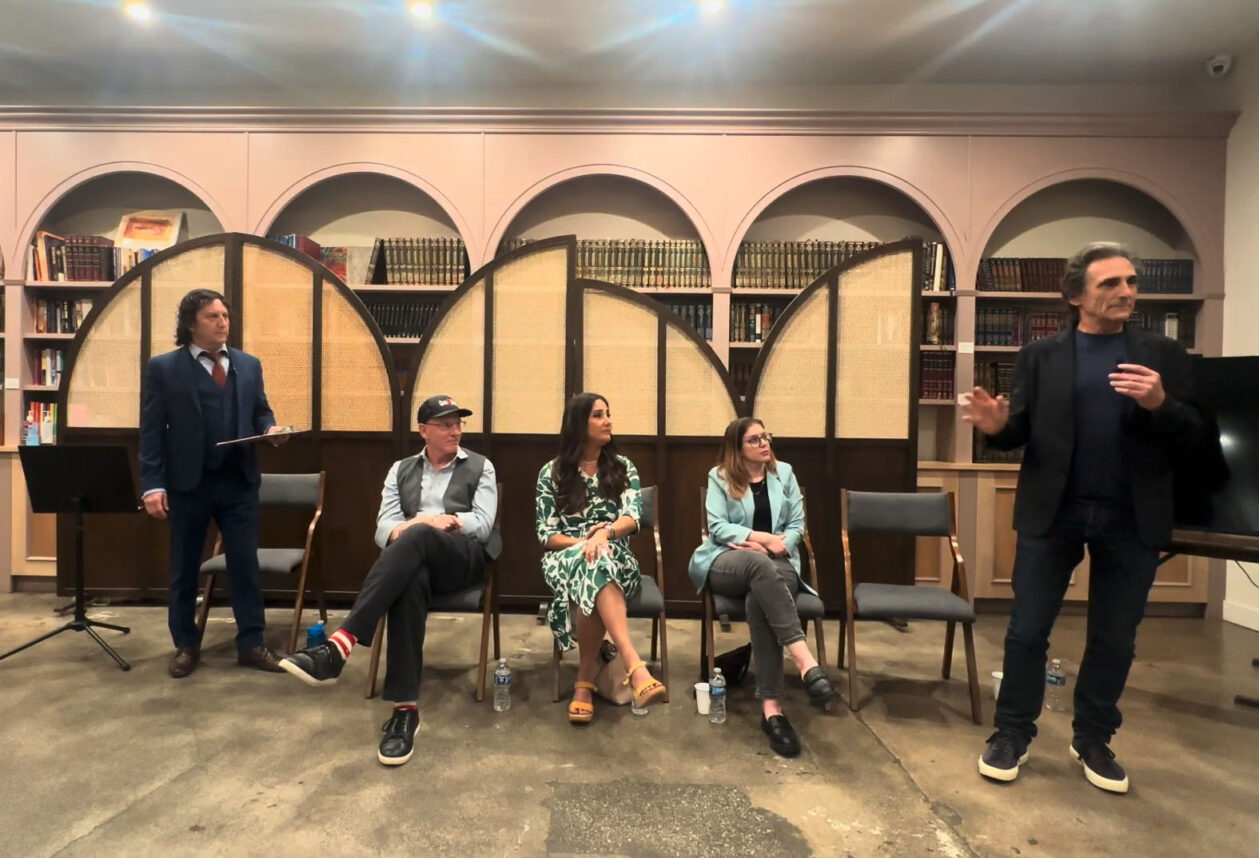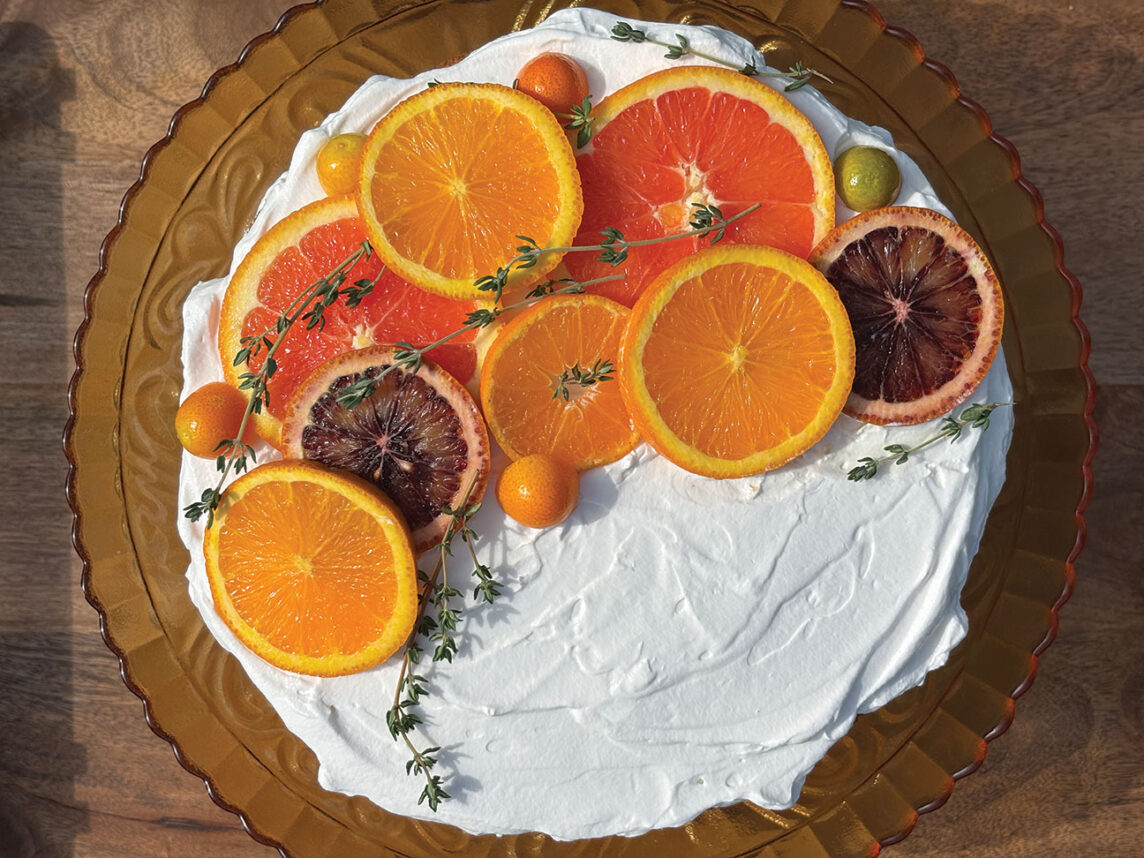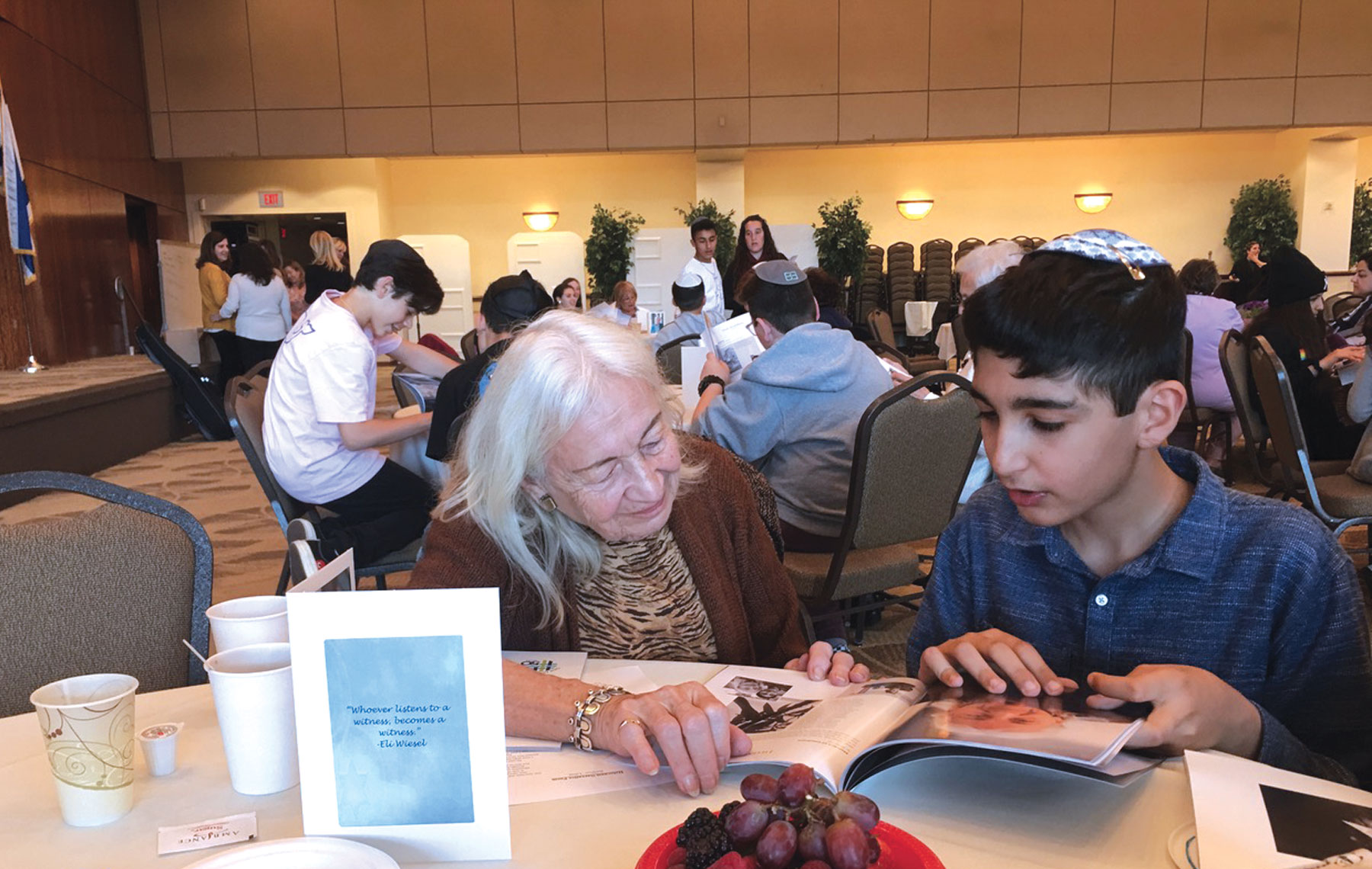
Last week, Sinai Akiba Academy held a ceremony celebrating the end of a yearlong project between Holocaust survivors and the school’s seventh-grade students.
“It wasn’t as much about the work project as it is the encounter,” Holocaust educator Samara Hutman told the Journal at the May 22 event. Hutman, the director of Remember Us: The Holocaust B’nai Mitzvah Project, worked with Sinai Akiba Academy Judaic Studies Director Irit Eliyahu, and Jewish history and rabbinic teacher at Sinai Akiba’s middle school, Rebecca Berger, on the project’s curriculum.
Each seventh grader was paired with a survivor and over the course of the year, the students met with the survivors multiple times. The children listened to their stories, then created artwork, including photographs and poetry reflecting the survivors’ experiences. The work was compiled into a book titled “Moments of Goodness,” featuring professional photos of the 23 participating survivors, student photos and brief text about the survivors’ harrowing experiences.
The artwork illuminated moments of goodness the survivors experienced during the Holocaust, whether it was a gentile unexpectedly offering shelter that consequently saved their lives, or fellow Jewish prisoners carrying them on a death march when they otherwise would have been left for dead.
“We have had Holocaust survivors share their story with us but when you’re speaking to them, you also get to ask questions, and you can ask whatever you want.”
— Joshua Soroudi, 13
The books were handed out at last week’s event and survivors signed copies for the students and posed for pictures with them.
Lillian Trilling, who was born in Lodz, briefly lived in the Warsaw Ghetto and lost her parents during the Shoah. She said of the poem student Jordan Lari wrote about her story, “I shall really treasure it.” The poem recounted, from Trilling’s point of view, how a Nazi saved her by telling her to hide in a bush. “It is unusual for a young boy to have a sense of another human being,” she said.
Joshua Soroudi, 13, who was paired with survivor William Harvey for the program, said he had heard survivors speak about their stories before but had never had the chance to interact with them on such personal levels. “We have had Holocaust survivors share their story with us,” he said, “but when you’re speaking to them, you also get to ask questions, and you can ask whatever you want.”
Liora Ginzburg, 13, said after hearing about the many challenges her survivor endured, she was inspired to take a photo of a paper boat seated on a bed of rocks — a metaphor, she said, for a delicate object in an unmanageable situation. The black-and-white photo, which she took with her cell phone on the school’s playground, appears in the book alongside a professional shot of her survivor and a description of their story.
“It’s fragile,” Ginzburg said of the paper boat. “Kind of like life.”









